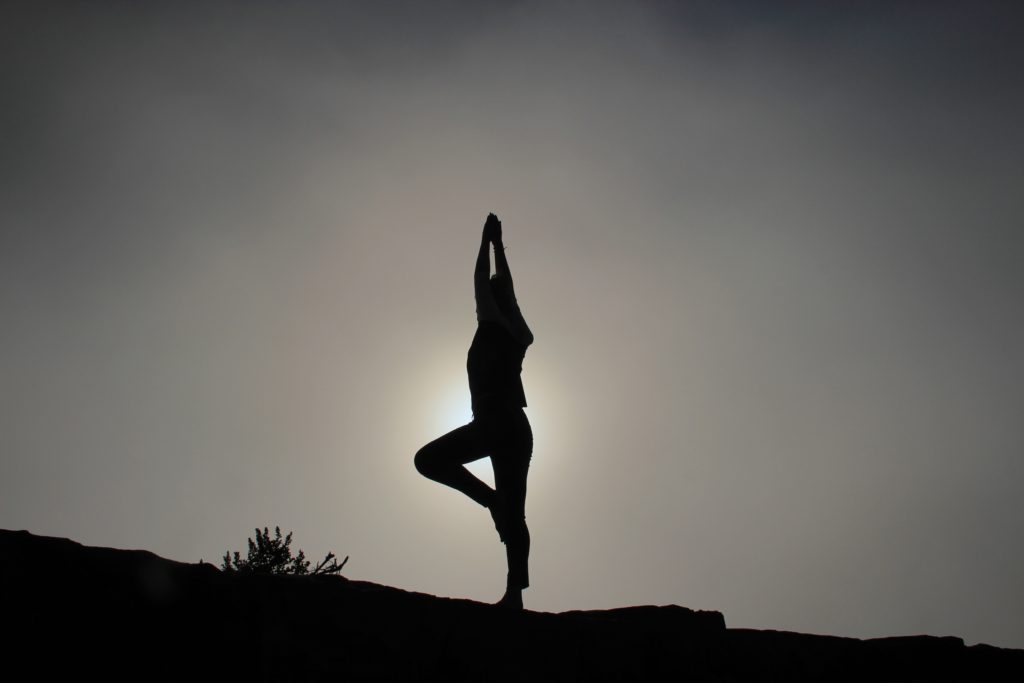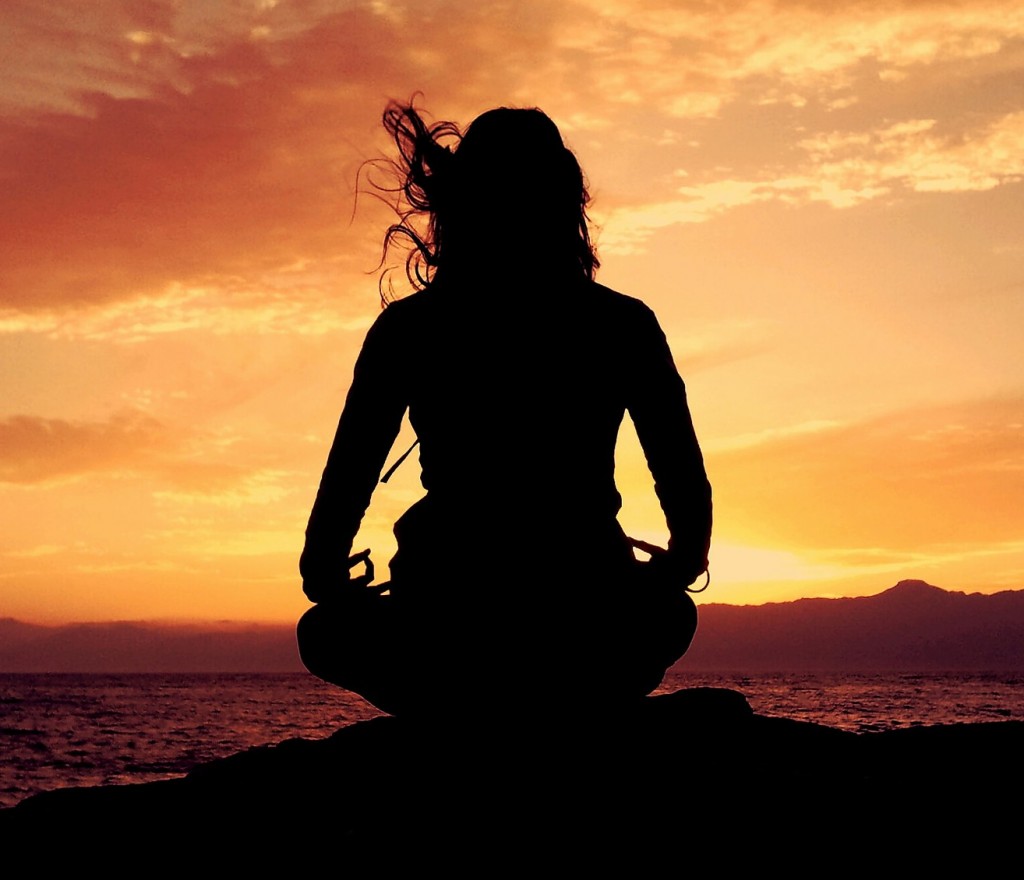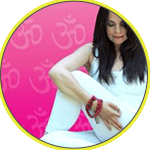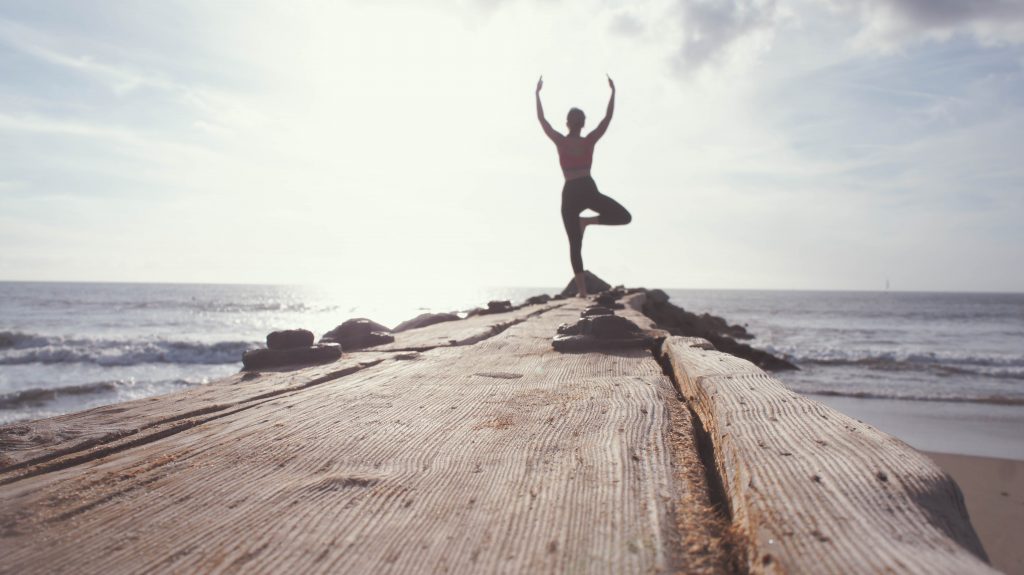
Relaxing Your Way Towards Healing
Photo Credit: Giuseppe Chirico, via Flickr Creative Commons
When we practice relaxation, we’re able to integrate ourselves on many levels which to leads us to heal and become more whole. These practices are not only meant to relax our physical body, but also our subtle bodies that cover our pure self or light within. In the West, we see ourselves as having one body, but Yogis recognize five subtle bodies called Maya Koshas. Maya means illusion and Kosha means envelope or covering. The idea is that we believe that we are our coverings, but this is an illusion because our light is our true nature.
This process of relaxing takes us into the deepest parts of our being and allows us to relax and integrate each one of our five bodies
Ancient yogis understood these subtler bodies and the need to integrate them on a deep level for healing to occur. Author and teacher, Nischala Joy Devi speaks of these sheaths in her book the The Healing Path of Yoga. She talks about how we can observe them, integrate them and ultimately transcend them to experience ourselves and our own inner light. This is done though the process of relaxing from the outside in.
The Food Body
During the final relaxation exercises in the Ornish daily stress management practice we start by relaxing the outermost body. This is called the Ana Maya Kosha, which means food body. The food body is what we know as our physical form. Our flesh and bones, muscles, organs and glands are all included in this body. So when we are practicing relaxation we start with allowing the muscles, bones and even the organs to relax. This can be done by squeezing and relaxing the muscles systematically or it can be done by mentally traveling through the body and gently guiding each area to relax. Just relaxing physically can be very helpful, but as you experience the integration of the subtle bodies, this practice becomes deeply transformative.
The Energy Body
The next body is called the Prana Maya Kosha, which means energy body. This is the body underneath our physical form that we refer to as our energy body. When we are with someone, we may not notice what he or she is wearing or how they look on the outside but we also may feel something from them. We feel their energy. We may even say “wow, that person had really nice energy.” This is the Prana Maya Kosha we are experiencing.
After relaxing our physical body we are instructed to breathe as if the whole body is breathing. We may even imagine taking the breath into any areas of lingering tension to breath and soften them even more. This helps us connect with our breath body. We may start to feel a bit transparent as we loosen the edges and boundaries of body. We may even notice a sense of freedom from our physical form as physical pain and discomfort begin to ease or disappear. Here we can experience ourselves connected to every living, breathing being.
The Mind Body
Next we become aware of the everyday mind and the senses. This subtle body is called the Mano Maya Kosh, which means mind body. This is where our thoughts and feelings reside. It’s where we store our emotional pain as well as all of the impressions from the senses. Once we have slowed down the physical body and observed the breath body, we can begin to notice our everyday thoughts and feelings as they arise. As thoughts and feelings come into our awareness, we continue to use our breath to relax any lingering thoughts or feelings.
Wisdom Body
As the body, breath and mind begin to rest in alignment, a deeper sense of stillness and peace will emerge. It is here we can start to gain some perspective. We become aware of the Vijnana Maya Kosha, which means wisdom body. This is the wise mind or body of wisdom and intuition. To experience this subtle body we begin to step back from the mind and emotions and bear witness to them. We observe without judging. We simply allow thoughts and feelings to arise and we watch as they dissipate. We may even see the origin of thoughts and feelings. This observation gives rise to a deep sense of insight. We gently allow the mind to unwind as we hold a space that is free from all labeling, analyzing, ruminating and judging.
At some point, the mind grows weary of witnessing thought and there is a pull to move deeper. Now we can search for that place of peace deep within. In some cases it just takes us and we find ourselves resting deeply in a sense of stillness and joy. We may even sense that we are peace… we are joy….we are love.
The Bliss Body
This is what is called the Ananda Maya Kosha, which means bliss body. It is here in this blissful body that we can experience the reflection of our own light and our own true self. As we rest here we are connected to our own inner light and our own inner healer. We let ourselves rest in our own true nature.
After resting, it is important to come out the same way we went in so as not to disturb this deep sense of peace and integration. We begin to observe the mind, thoughts and emotions as we take some slow deep breaths to awaken the organs and then the extremities. Here again it helps to allow the breath to redefine the edges and boundaries of the body. Feel yourself fully present in the spaces of body.
Slowly move the fingers and toes and transition slowly as you integrate this feeling of peace into your life.
This process of relaxing takes us into the deepest parts of our being and allows us to relax and integrate each one of our five bodies. When we practice regularly our whole being begins to shine from the inside out.
As you focus more deeply on your stress management practices, how have you experienced your more subtle bodies?








